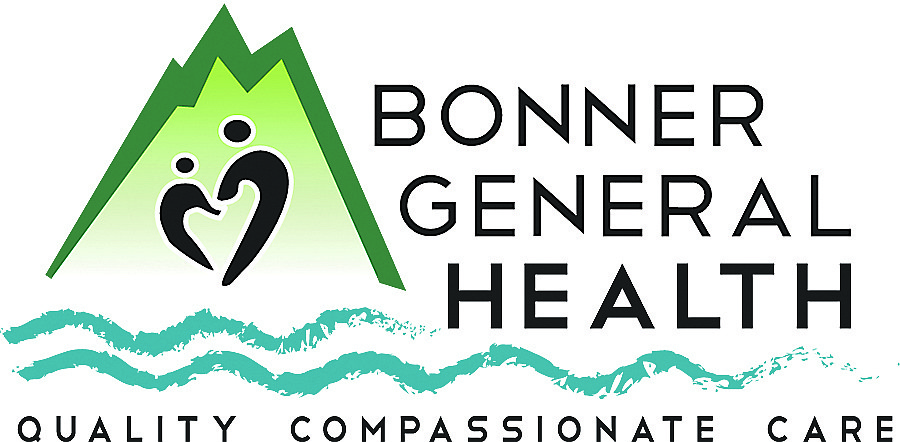Infection
Strep throat infections on the rise in some areas
“I’ve been practicing emergency medicine for 25 years, and I have not seen strep throat as frequently as I have in these past six or eight months,” said Dr. Jennifer Stevenson, the head of the emergency department at Henry Ford Medical Center in Dearborn, Mich., in an Oct. 28 NBC report.
This report said that the bacterial illness, marked by painful, scratchy throats and high fevers, has been rising for months in parts of the mid-Atlantic and the Southeast. And, unfortunately, no one seems to know why.
Since medical providers aren’t required to report strep throat diagnoses to our health department, we don’t know if strep infections are increasing here. But after seeing this report, I think it’s a good time to address this infection that affects several million people a year.
Strep throat is caused by a bacterium known as Streptococcus pyogenes, aka group A streptococcus.
“Streptococcal bacteria are contagious,” May Clinic says. “They can spread through droplets when someone with the infection coughs or sneezes, or through shared food or drinks. You can also pick up the bacteria from a doorknob or other surface and transfer them to your nose, mouth, or eyes.”
Although it primarily affects children ages five to fifteen, strep throat can happen to anyone at any time. Parents of school-aged children or those who are in contact with younger children are more at risk. The Centers for Disease Control and Prevention says it’s “very rare” in children younger than 3.
The CDC says that it is more prevalent in the early spring and winter. The bacteria, it seems, flourishes whenever people are in close contact with one another. Places like schools, daycare centers, and military training facilities can be petri dishes for infections.
“Strep bacteria may spread, causing infection in the tonsils, sinuses, skin, blood or middle ear,” Mayo says. “It can also lead to inflammatory illnesses, including scarlet fever, inflammation of the kidney, rheumatic fever or poststreptococcal reactive arthritis.”
Signs and symptoms may include throat pain that comes on quickly, pain swallowing (one woman said she couldn’t even swallow her spit, it hurt so badly), red and swollen tonsils, sometimes with white patches or streaks of pus; tiny red spots on the area at the back of the roof of the mouth; swollen, tender lymph nodes in the neck; fever, headache, rash, nausea or vomiting (especially in younger children) and body aches.
“It’s possible for you or your child to have many of these signs and symptoms but not have strep throat,” Mayo explains. “The cause of these signs and symptoms could be a viral infection or some other illness. That’s why your doctor generally tests specifically for strep throat.”
Not only that, it’s also possible for a person to have a strep infection and be contagious but not show any signs or symptoms.
After the primary care provider does a physical exam of the patient and believes the symptoms are caused by group A streptococcus, he or she will swab the throat. Then, one of two things will happen. The rapid strep test quickly shows if the bacteria is causing the illness. If that’s the case, the provider will prescribe antibiotics.
“If the test is negative, but a doctor still suspects strep throat, then the doctor can take a throat culture swab,” the CDC says. “A throat culture takes time to see if group A strep bacteria grow from the swab. While it takes more time, a throat culture sometimes finds infections that the rapid strep test misses. Culture is important to use in children and teens since they can get rheumatic fever from an untreated strep throat infection.”
Strep throat is treated with antibiotics. The benefits include decreasing how long someone is sick, decreasing symptoms, preventing the bacteria from spreading to others, and preventing serious complications. Also, taking antibiotics will help the patient feel better in just a day or two.
Two things to note about taking antibiotics: it’s important to take the medicine as directed and to take the whole course. Don’t let the patient stop taking them just because they feel better unless directed by their PCP. And don’t forget to throw away their toothbrush as soon as the infection is gone.
Kathy Hubbard is a member of the Bonner General Health Foundation Advisory Council. She can be reached at kathyleehubbard@yahoo.com.

